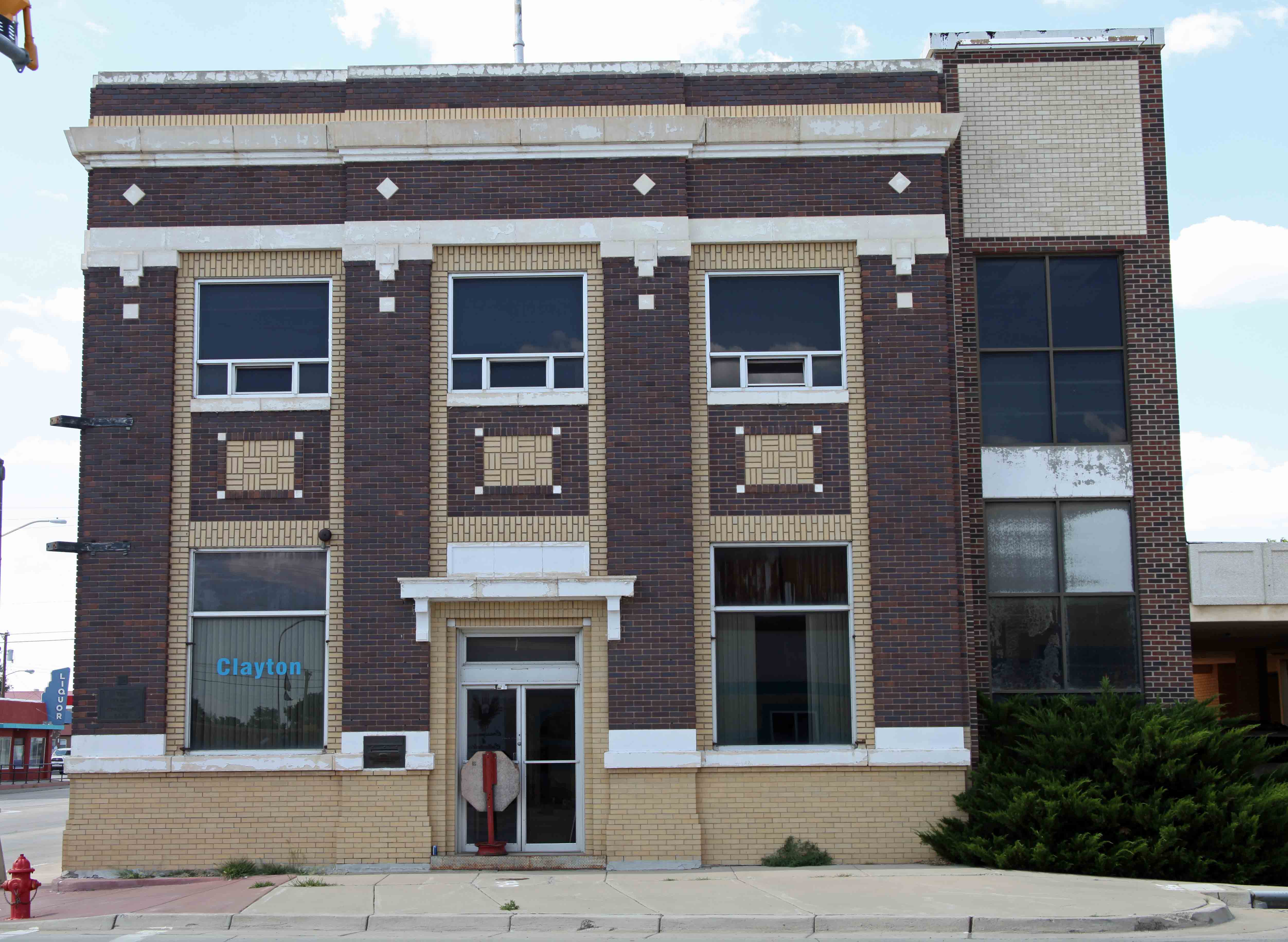Railroad
Historic Districts
Clayton Commercial Historic District
Northeast Region
Constructed 1920
In the late 1880s talk of a railroad was heard and Stephen W. Dorsey, who had built a mansion at Mountain Spring about 60 miles west of Clayton, acquired access to the site where Clayton was eventually situated. A town site was laid out, named after Dorsey's son Clayton, the railroad came right through the town, and the community began growing in leaps and bounds. Clayton immediately became a shipping point for cattle and soon big herds were being trailed up from the southern part of the New Mexico territory. The area drew cattle and sheep ranchers and later, farmers. To this day the focus is on ranching and farming. One of the early visitors to the area was Tom "Black Jack" Ketchum who first came to Clayton as a cowboy with the trail herds. He and his brother Sam later became outlaws and three times robbed the train near Folsom, west of Clayton. Tom was hung in Clayton in 1901 and is buried in the Clayton cemetery. Morris Herzstein settled in Clayton in the 1890's and became a prominent merchant and rancher. His son Albert remembers a happy childhood in Clayton and contributed over a quarter of a million dollars to the Herzstein Memorial Museum making it one of the finest small museums to be found anywhere.
Main St., N. Sixth St., Front St., Chestnut and Walnut Streets | Clayton, NM 88415
open
mon: 24/7 | tue: 24/7 | wed: 24/7 | thu: 24/7 | fri: 24/7 | sat: 24/7 | sun: 24/7























